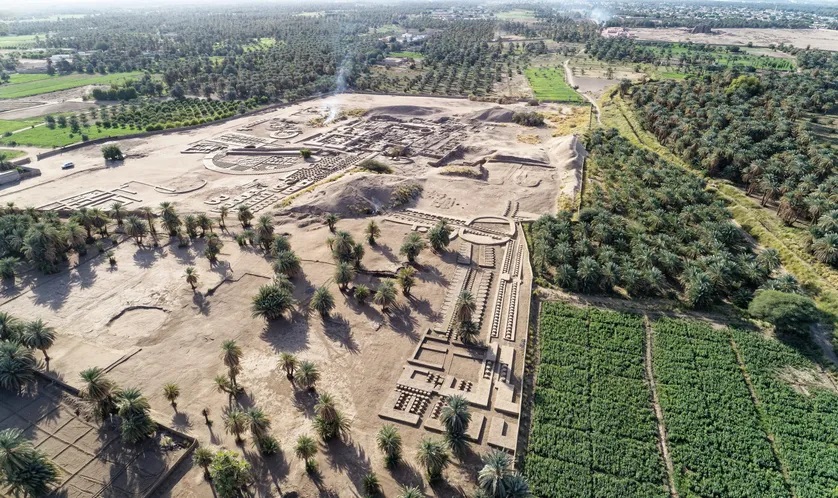History & Heritage
5.6.2022
This discovery in Sudan traces the history of ancient Africa

The discovery of these Sudanese ruins on the archaeological site of Doukki Gel fills in a part of history that was missing until now. These remains could even be the traces of the first African civilisations!
Archaeological research around the African continent, from 3500 BC to the 14th century AD, has largely focused on ancient Egypt, at the expense of the rich history of sub-Saharan Africa. However, a 2018 mission, jointly led by teams of Sudanese, French and Swiss archaeologists, revealed the existence of a highly sophisticated civilisation living 4,000 years ago.
A real architectural feat
At the Doukki Gel site in the Nile Valley, northern Sudan, dozens of circular and oval buildings have been unearthed whose architecture bears witness to a meticulous and spectacular construction for its time. With up to 1,400 columns and numerous ceremonial palaces, the edifice is a real feat.

Bastion of resistance against Egyptian attempts?
The site of Dunkki Gel is only 700 metres from the city of Kerma, which was occupied by the Egyptian people at the same period. However, the architectural style of Dunkki Gel does not resemble the architectural habits of ancient Egypt, especially since the oval shapes of the buildings are attributed to African peoples. After extensive research, archaeologists have deduced that the presence of several rooms of different dimensions, resembling meeting rooms, could be the places of protection and resistance of the African populations against the Egyptians trying to conquer their territories.
Today, the debates continue and the research intensifies, and should soon give edifying answers for the history of Sudan and Africa!
popular

